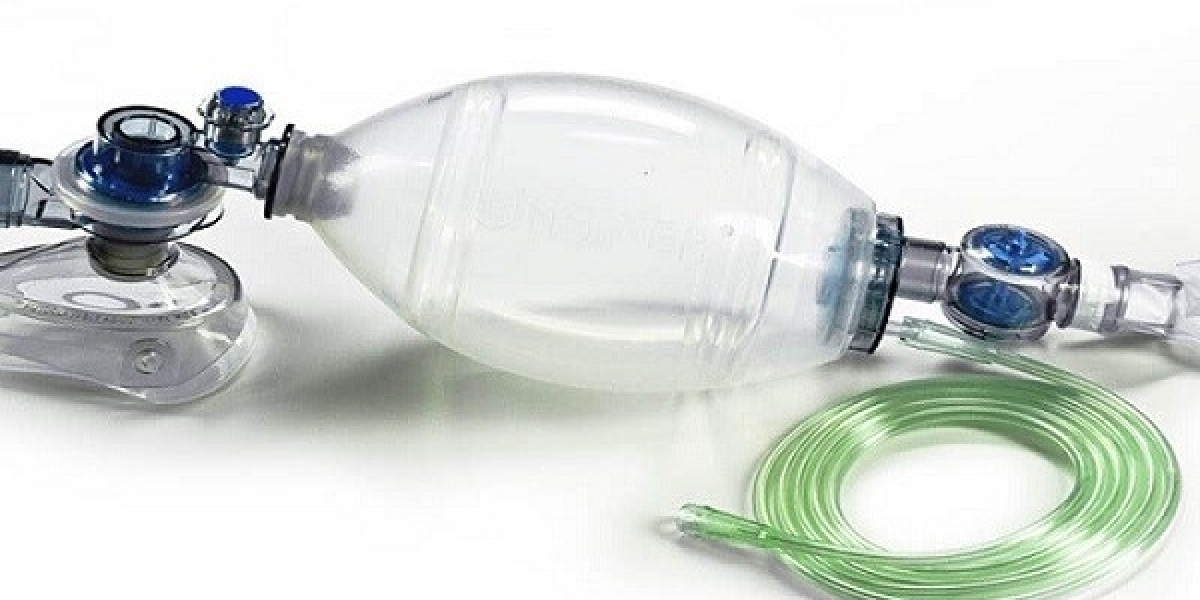In the realm of global healthcare, few tools are as vital as manual resuscitators. These simple yet indispensable devices serve as a beacon of hope in critical moments, enabling healthcare providers to deliver timely intervention and potentially life-saving support to patients in distress. As we delve into the realm of manual resuscitators, it becomes apparent that their impact transcends borders, offering a lifeline to individuals in diverse healthcare settings worldwide.
Manual resuscitators, often referred to as bag-valve-mask (BVM) devices, are ingeniously designed to deliver manual ventilation to patients experiencing respiratory distress. Comprised of a self-inflating bag, a one-way valve, and a face mask, these devices facilitate the delivery of oxygen to the lungs, ensuring adequate oxygenation and ventilation in emergent situations.
One of the most remarkable aspects of manual resuscitators is their versatility. These devices find utility across a spectrum of healthcare environments, including hospitals, ambulances, clinics, and even remote or austere settings where access to advanced medical equipment may be limited. Their adaptability makes them indispensable tools for healthcare providers, enabling them to deliver prompt and effective respiratory support wherever it is needed.
Manual resuscitators play a critical role not only in emergency situations but also in routine patient care. They are commonly employed during anesthesia induction, post-operative recovery, and in scenarios where mechanical ventilation may not be readily available or feasible. This highlights their significance as fundamental components of healthcare delivery, contributing to improved patient outcomes and overall healthcare quality.
In recent years, advancements in manual resuscitator technology have further enhanced their utility and performance. Innovations such as ergonomic designs, integrated pressure monitoring systems, and improved mask seals have simplified operation and improved user experience. Additionally, the development of disposable components has streamlined maintenance and reduced the risk of cross-contamination, addressing concerns related to infection control.
The global landscape of manual resuscitators is characterized by a complex interplay of factors, including technological innovation, regulatory standards, and healthcare infrastructure. While high-income countries often boast robust healthcare systems with access to advanced medical equipment, many low and middle-income countries face challenges in procuring essential devices like manual resuscitators.
Addressing these disparities requires a concerted effort from various stakeholders, including governments, non-profit organizations, and the private sector. Initiatives aimed at improving access to essential medical equipment, coupled with capacity-building programs for healthcare providers, can help ensure equitable distribution and utilization of manual resuscitators worldwide.
Moreover, education and training play a pivotal role in maximizing the potential of manual resuscitators. Healthcare providers must receive comprehensive training on proper usage, maintenance, and troubleshooting of these devices to ensure safe and effective patient care. Simulation-based training programs offer a valuable opportunity for hands-on practice and skill development, empowering clinicians to confidently manage respiratory emergencies.









